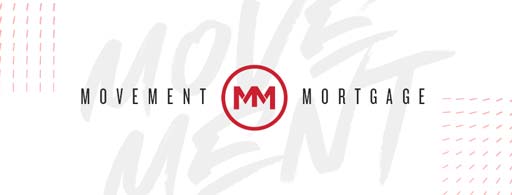 An Introduction to Residential Lending: Understanding the Basics of Mortgage Financing
An Introduction to Residential Lending: Understanding the Basics of Mortgage Financing
Buying a home is one of the most significant investments that many people will make in their lifetime. For most people, purchasing a home involves taking out a mortgage, which is a loan that is used to buy a property. Understanding the basics of mortgage financing is essential for any prospective homeowner to make an informed decision about their financial future. In this blog post, we will provide an introduction to residential lending and explain the basics of mortgage financing.
What is a Mortgage?
A mortgage is a type of loan that is used to purchase a property. The borrower agrees to pay back the loan amount plus interest over a specified period. Mortgages usually involve a down payment, which is a percentage of the property’s purchase price that the borrower is required to pay upfront. The property serves as security for the loan, which means that the lender can take possession of the property if the borrower fails to repay the loan.
Types of Mortgages
There are several types of mortgages, and they can be differentiated based on the interest rate, duration, and loan features.
Fixed-Rate Mortgages
A fixed-rate mortgage is a type of mortgage where the interest rate remains the same for the entire loan duration. This means that the borrower’s monthly payments remain constant, regardless of interest rate fluctuations.
Adjustable-Rate Mortgages
An adjustable-rate mortgage is a type of mortgage where the interest rate fluctuates with market conditions. The interest rate is usually lower at the start of the loan term, making it an attractive option for those who expect their income to increase or plan to sell their property before the rate adjusts.
Government-Backed Mortgages
Government-backed mortgages are loans backed by the government through agencies such as the Federal Housing Administration (FHA), the United States Department of Agriculture (USDA), and the Department of Veterans Affairs (VA). These loans often require lower down payments and have more flexible credit requirements.
Loan Features
Mortgages can also differ based on their features.
Amortization
Amortization refers to the way the loan is repaid over its course. In a fully amortizing mortgage, the borrower makes equal payments that include both principal and interest. At the end of the loan term, the entire loan amount is repaid.
Interest-Only Mortgages
Interest-only mortgages allow borrowers to pay only the interest on the loan for a specified period, without making any payments towards the principal balance. This makes the monthly payments lower initially, but the principal balance still needs to be repaid later, either as a balloon payment or over an extended period.
Prepayment and Refinancing
Prepayment refers to the option of paying extra towards the principal balance of the loan to pay it off faster, saving the borrower on interest. Refinancing refers to the option of taking out a new loan to pay off the existing mortgage, typically to take advantage of better interest rates or reduce the term of the loan.
Qualifying for a Mortgage
To qualify for a mortgage, lenders typically consider several factors, including:
Credit Score and History
Lenders will review a borrower’s credit score and history to determine their creditworthiness. A higher credit score typically results in a better interest rate and loan terms.
Income and Employment History
Lenders will also consider a borrower’s income and employment history to ensure that they can afford the monthly payments.
Debt-to-Income Ratio
Lenders will review a borrower’s debt-to-income ratio, which compares the borrower’s monthly debt payments to their monthly income. A lower debt-to-income ratio typically means a better chance of approval and better loan terms.
Down Payment
Lenders may require a down payment, which is a percentage of the property’s purchase price that the borrower needs to pay upfront. A larger down payment typically results in better interest rates and loan terms.
Conclusion
Understanding the basics of mortgage financing is essential for anyone considering purchasing a home. There are several types of mortgages and loan features to consider, and qualifying for a mortgage requires meeting certain criteria. Taking the time to research and understand the mortgage process can help prospective homeowners make an informed decision and secure the best loan terms for their financial future.
Need help understanding the mortgage process? Let us help! Contact us today to learn more about what we can do for you!
